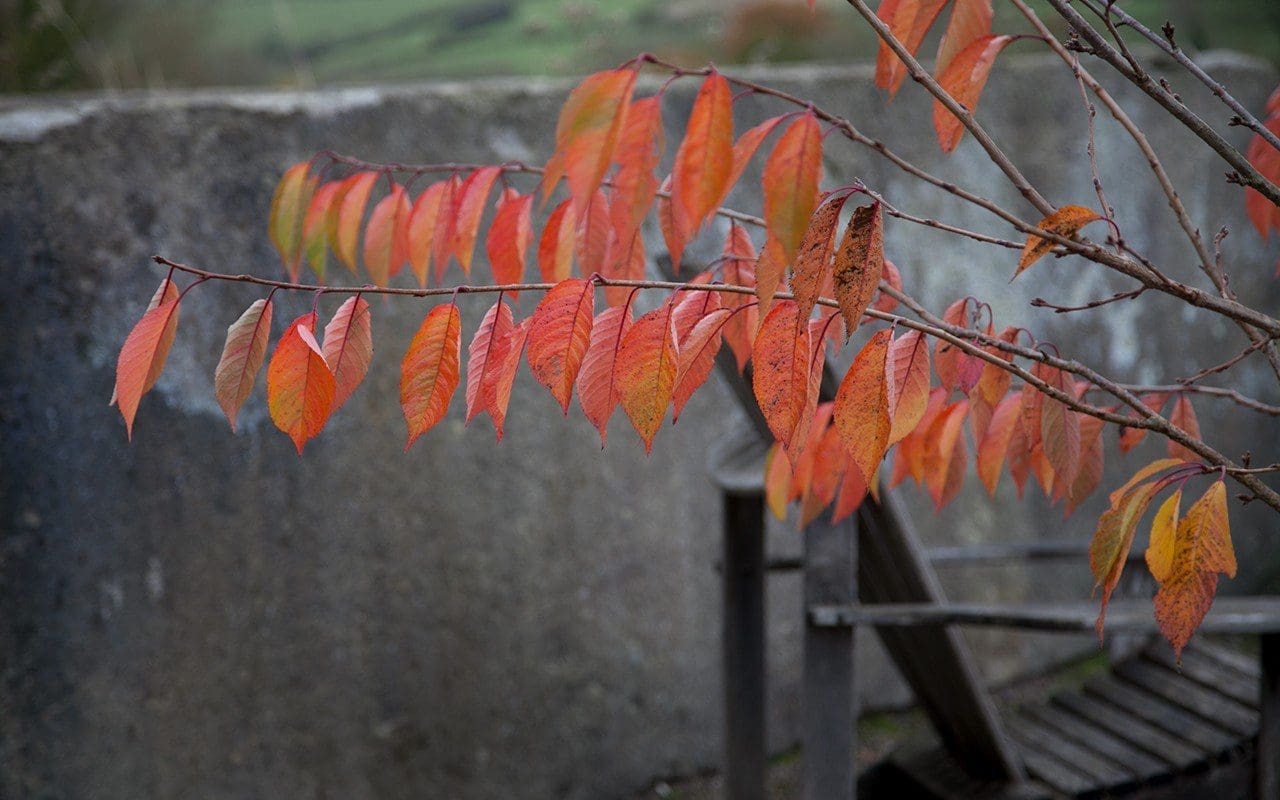
This year is the first we have truly been able to enjoy an autumn in the garden, it being less than a year old and rewarding us with the shock of the new. Until now my gardening was all in preparation for the making of this new space, and so the landscape around us was the place to be to take in the change in the season. Hedgerows flaming with red hawthorn and bryony or the gold and black of buttery blackthorn foliage and the suspension of inky sloes. Now we have a new palette, some previously untried in this place, and all of it for the first time held together by something more considered. Despite being at the tail-end of the season there is still a huge amount to look at, with the last flowers in their tattered death throes, and any remaining colour thrown into sharp relief.
I planted new trees last year to hold the new garden on the slope and to provide anchor points for the planting. A Prunus x yedoensis (main image) made a concession to the milking barn yard being domesticated now that we have repurposed this barn as a studio. It took some time to make the leap and break the mood here, but it has been a good one to have made, marking spring with its blossom and now flaring red and orange in these last few days of autumn. The mulberry has been good this year too, now that it has attained some stature. I planted it in our first winter here as a whip in what was then the vegetable garden, with the promise of what has now become garden around it. Although it has a reputation as a temperamental grower mulberry is never as slow as you might think, indeed it has grown almost two feet a year so that now it has real presence. This week the frost coloured it lemon and lime. Maybe it has done this before, but maybe it is the context of the new garden around it, which has given it a new setting and pulled it into focus.
The freeze has also started the bletting process on the medlar fruits, turning them to a curious pasty pulp that we are acquiring a taste for as we get to know it. The cold also stripped the crab apples of foliage to leave their berries held like atoms of colour against whatever coloured skies were on offer. As the flowering plants ebb and disappear, there is a robust counter-movement in the vegetable garden where the winter roots and brassicas are in rude health and soaking up every minute of sunshine.
As the days have moved firmly towards winter, the perennials have coloured too so that the last tatters of flower no longer matter. I will leave the perennial garden standing now until late February before beginning the process of cutting back so that the gradual retreat and skeletons can be savoured. Aruncus dioicus ‘Horatio’ colouring a burnt-butter yellow to throw the spent flower spikes into relief and an un-named astilbe that I’d almost not noticed now showing off sturdy dark skeletons contrasting with the luminosity of miscanthus plumage. The seed heads are still good on the Eryngium giganteum and the last of the cardoon flowers are almost better for not having the distraction of foliage. Pale starbursts against dark earth on the Eurybia diviricata and the cloud-like umbels of the Selinum wallichianum arresting the light. They will change as they age and continue to evolve as they decay to make the next few weeks – for the true winter is weeks, not months – a season that holds interest.
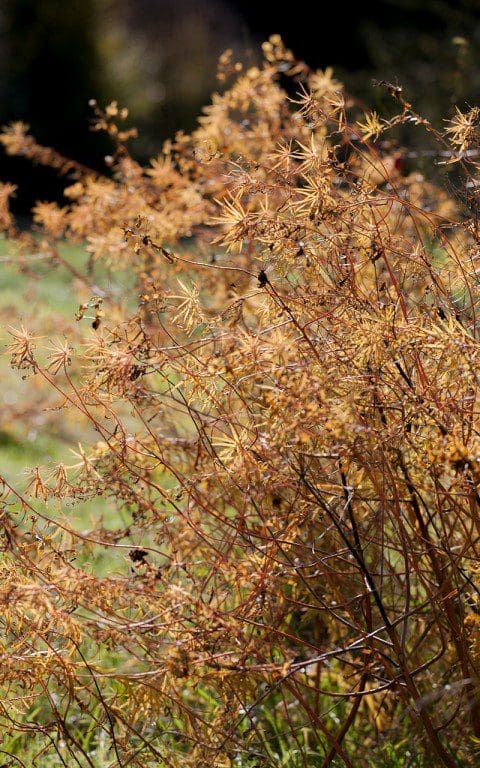 Euphorbia x pseudovirgata
Euphorbia x pseudovirgata
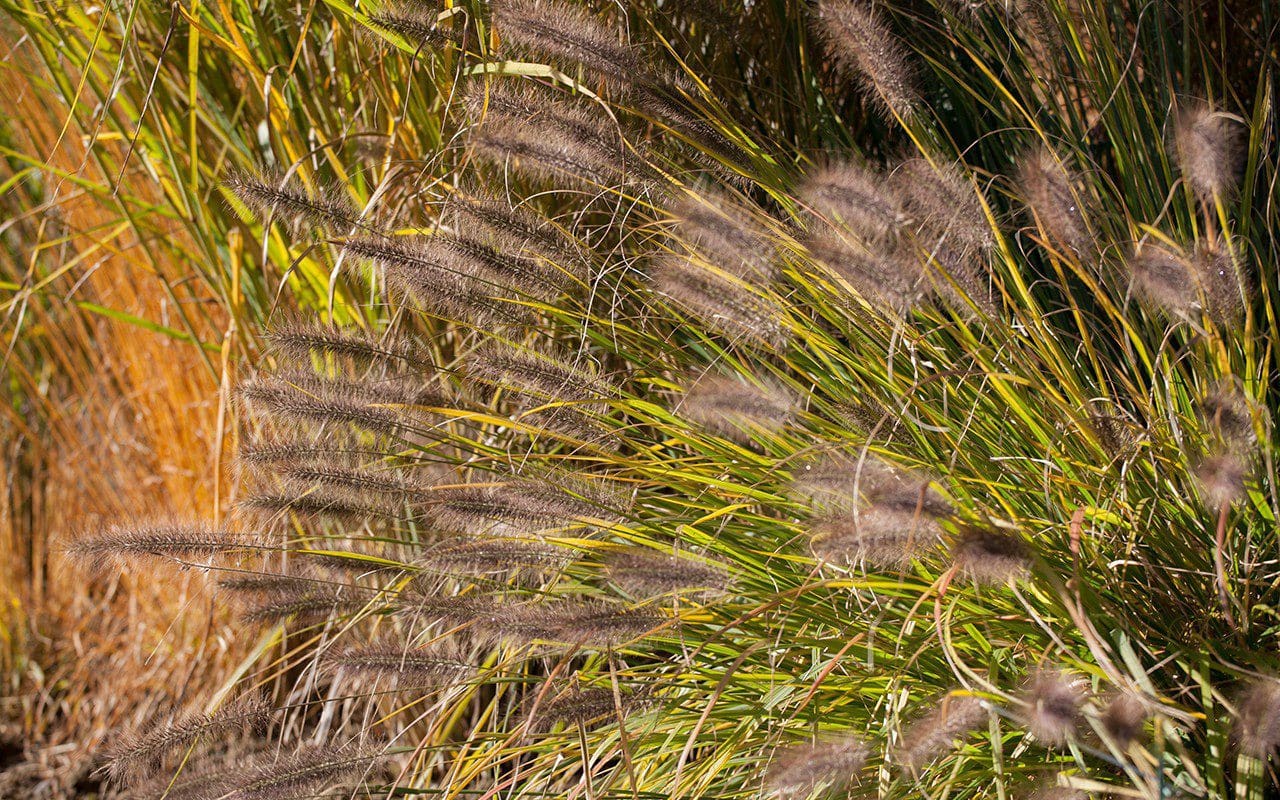 Pennisetum ‘Dark Desire’
Pennisetum ‘Dark Desire’
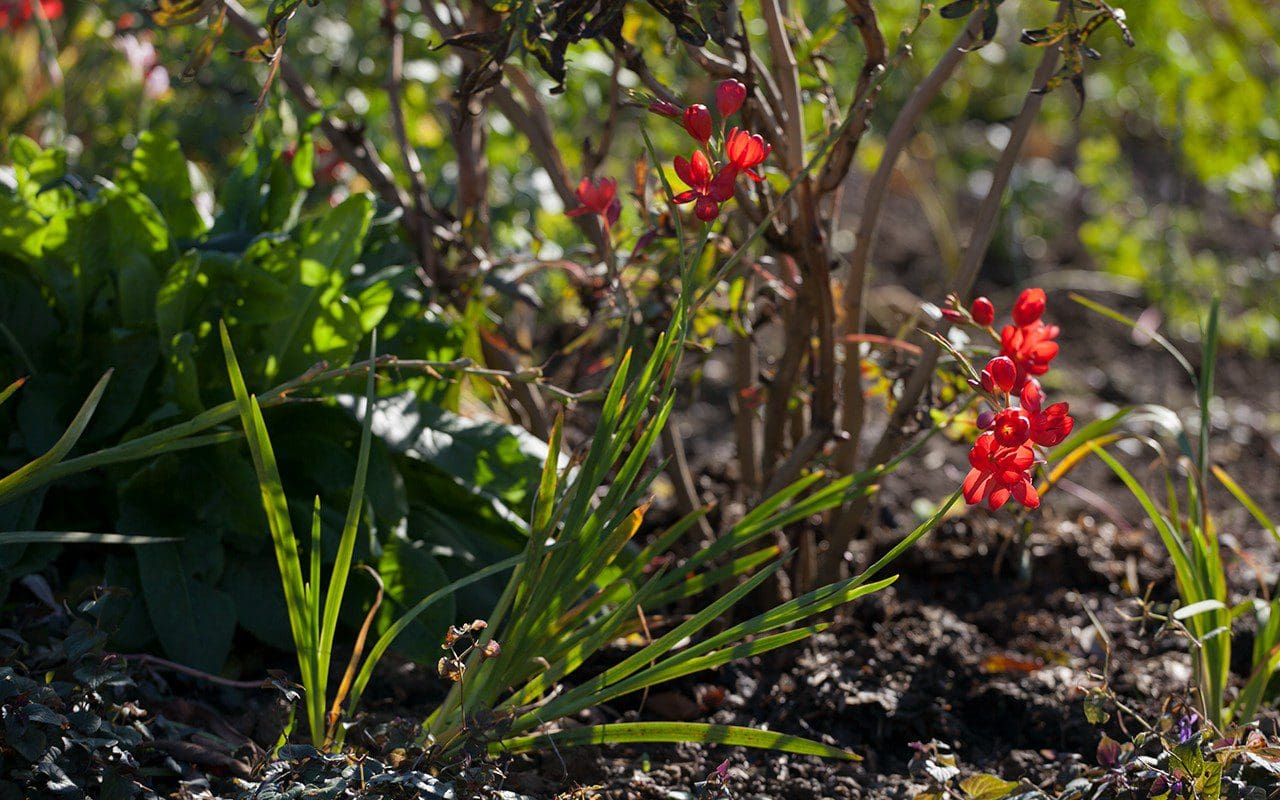 Hesperantha coccinea ‘Major’
Hesperantha coccinea ‘Major’
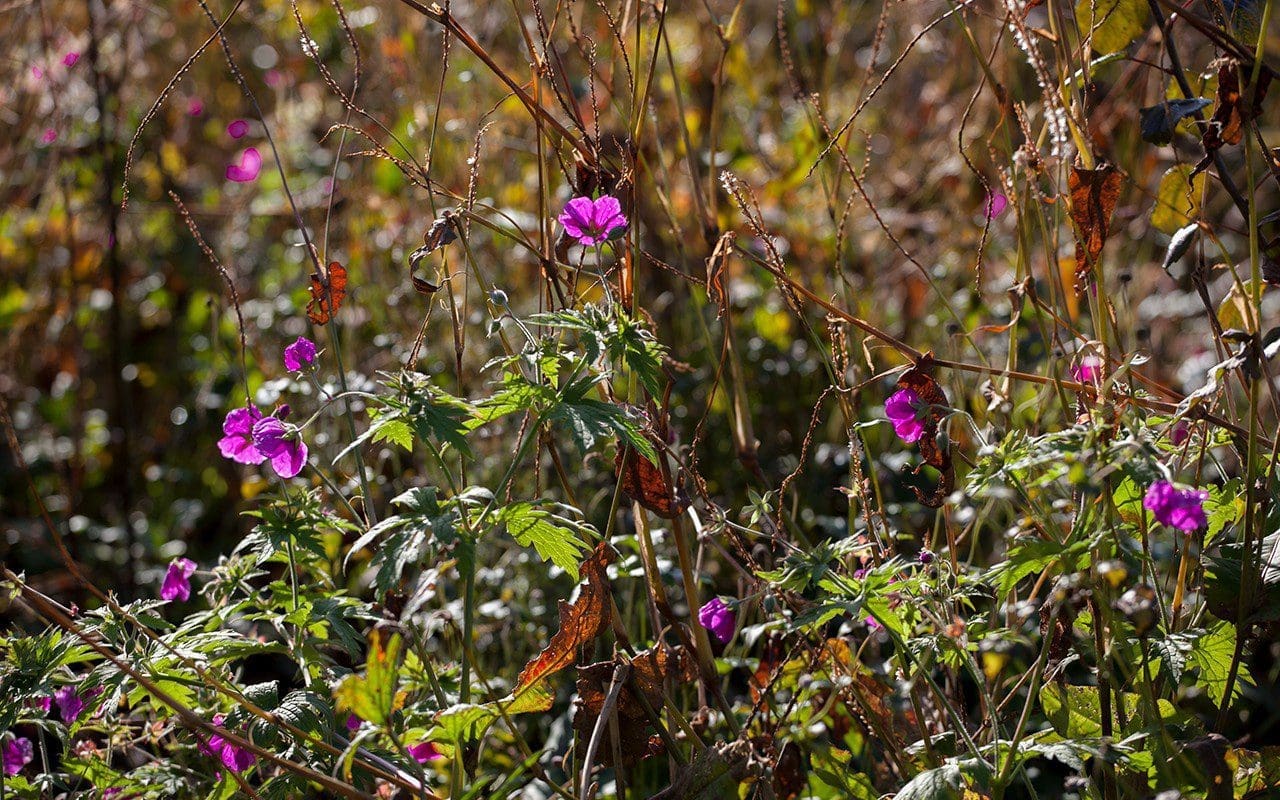 Geranium psilostemon
Geranium psilostemon
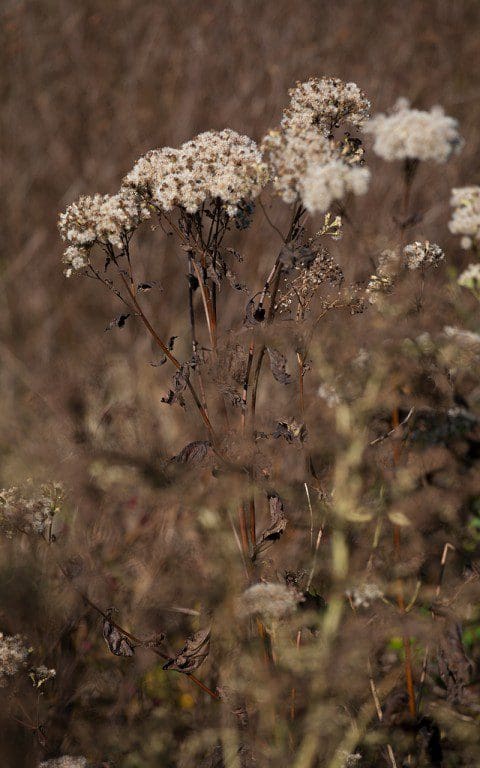 Ageratina altissima ‘Braunlaub’
Ageratina altissima ‘Braunlaub’
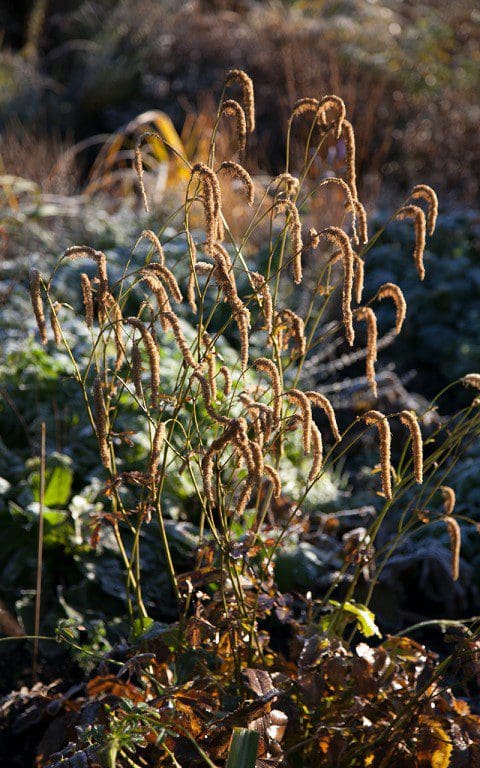 Sanguisorba hakusanensis
Sanguisorba hakusanensis
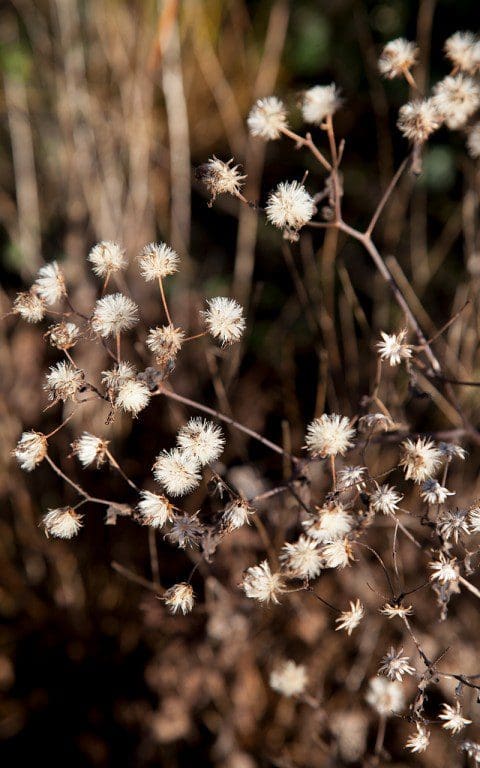 Eurybia divaricata
Eurybia divaricata
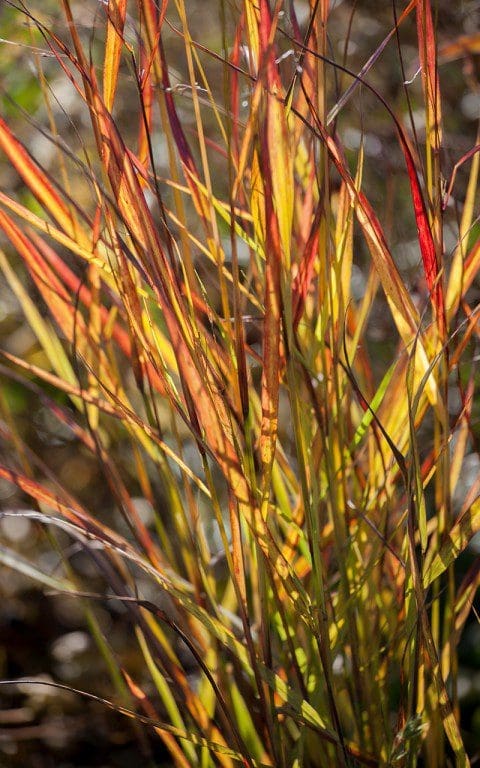 Panicum virgatum ‘Rehbraun’
Panicum virgatum ‘Rehbraun’
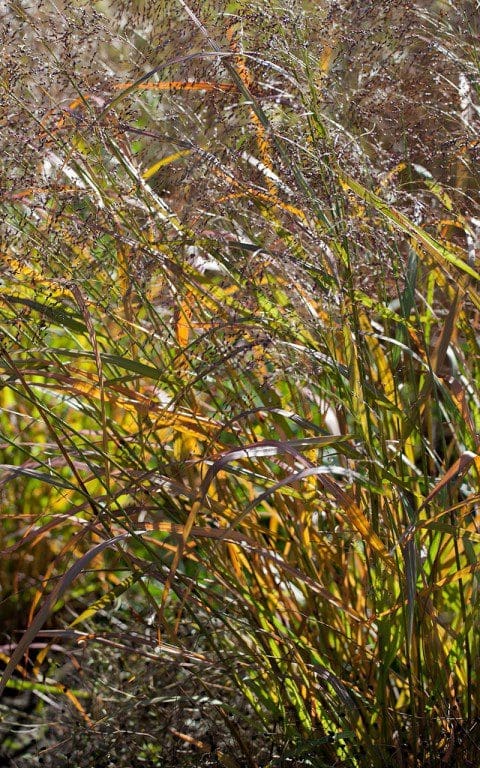 Panicum virgatum ‘Shenandoah’
Panicum virgatum ‘Shenandoah’
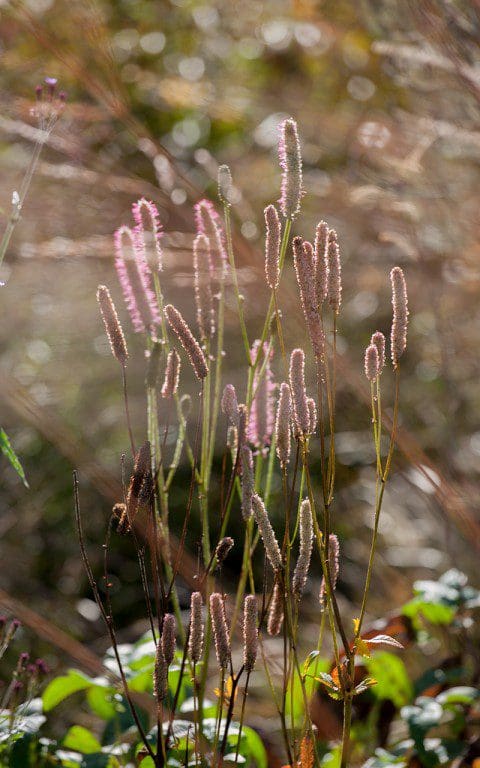 Sanguisorba ‘Blackthorn’
Sanguisorba ‘Blackthorn’
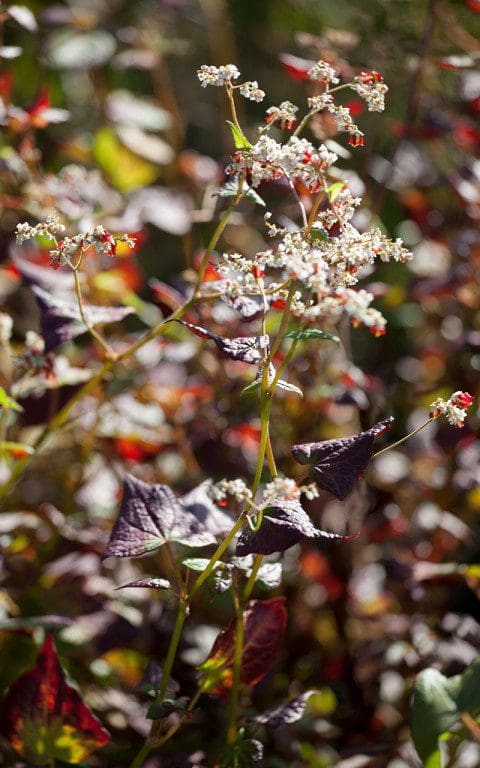 Fagopyrum dibotrys
Fagopyrum dibotrys
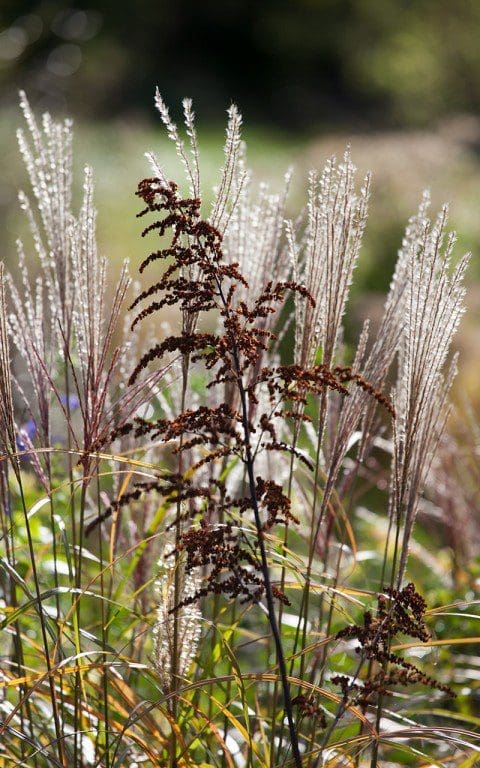 Unknown astilbe with Miscanthus ‘Krater’
Unknown astilbe with Miscanthus ‘Krater’
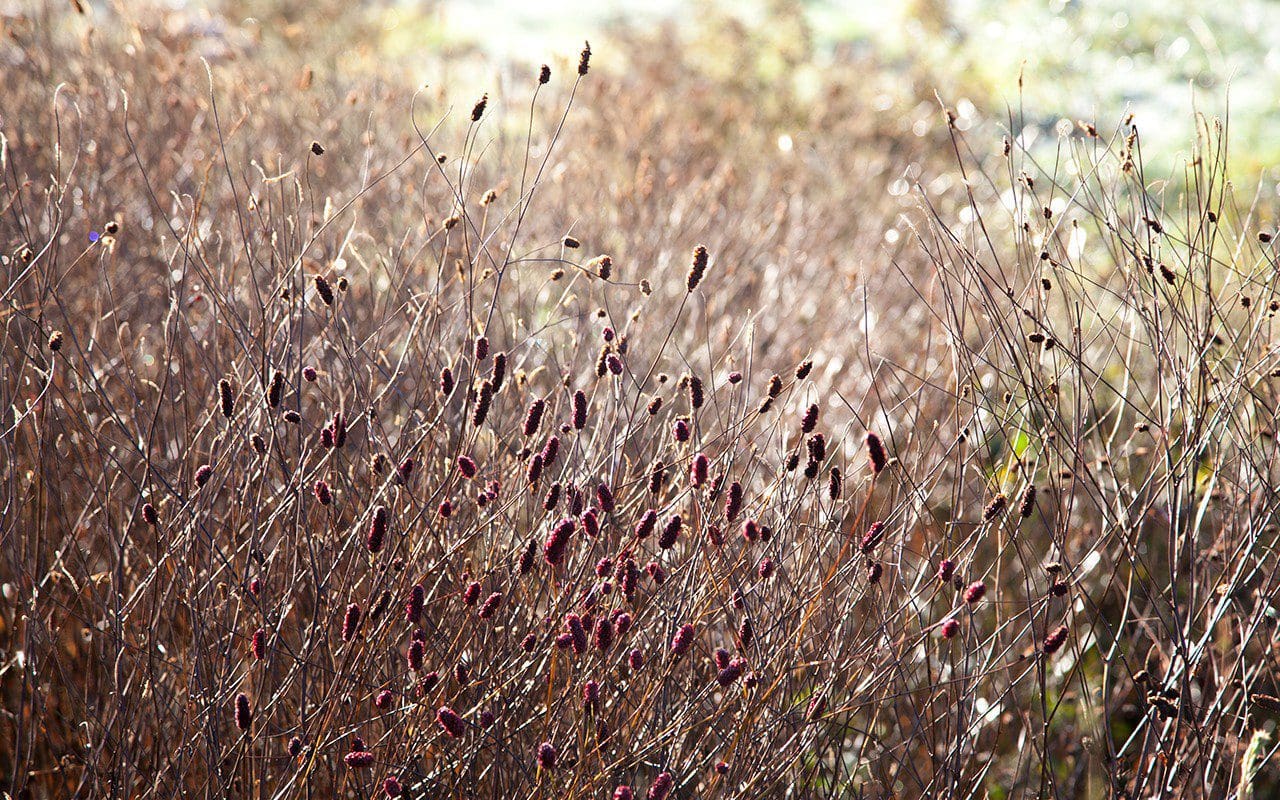 Sanguisorba officinalis ‘Red Thunder’
Sanguisorba officinalis ‘Red Thunder’
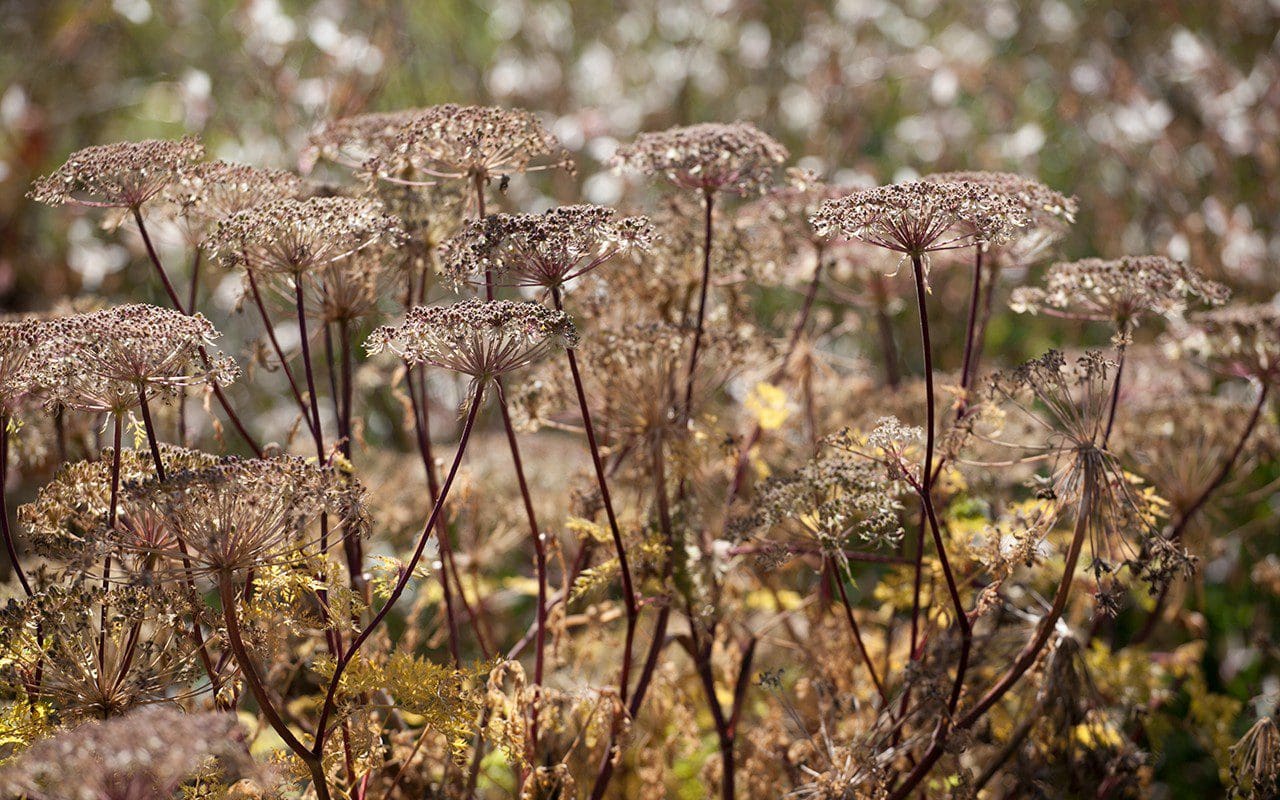 Selinum wallichianum
Selinum wallichianum
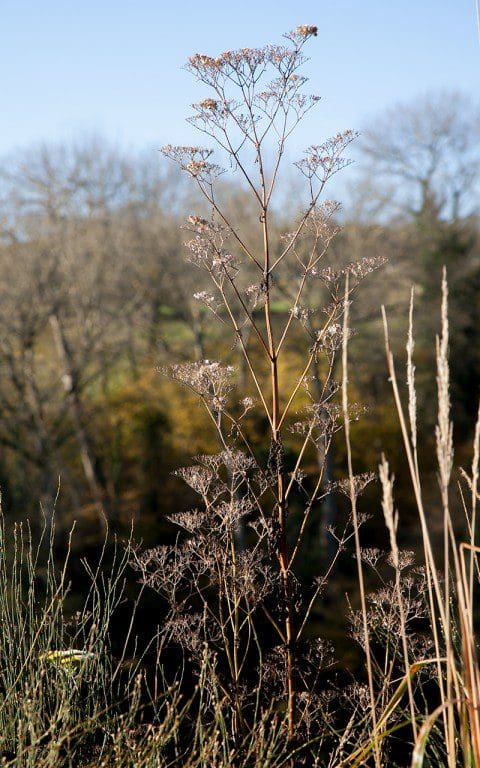 Patrinia scabiosifolia
Patrinia scabiosifolia
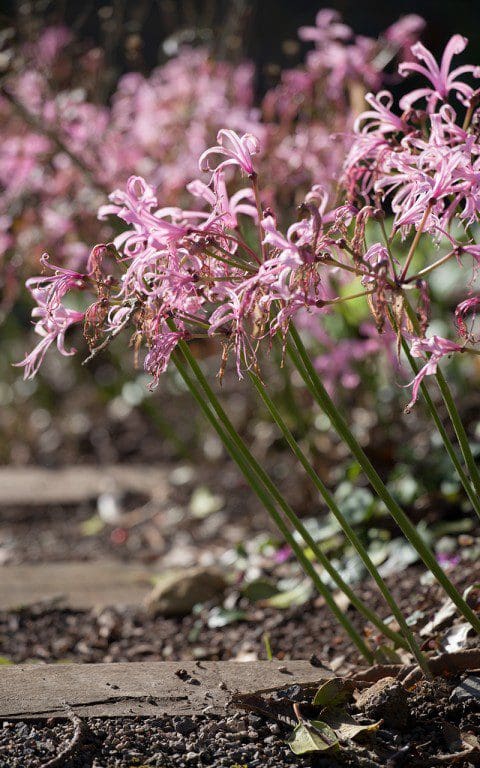 Nerine bowdenii
Nerine bowdenii
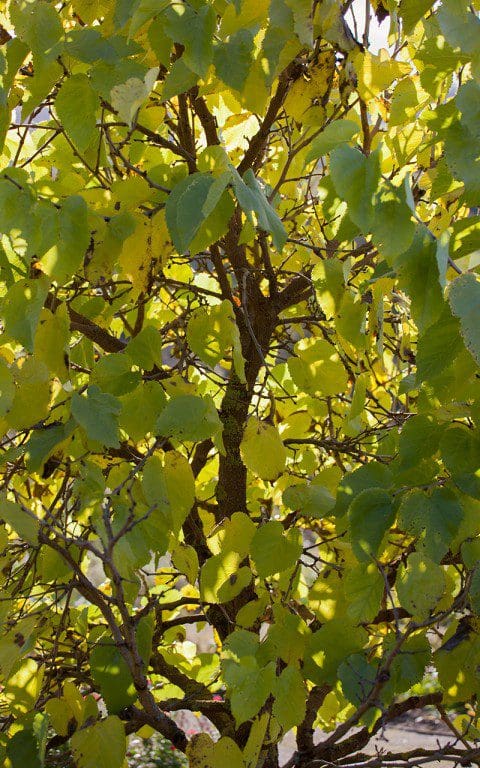 Mulberry – Morus nigra
Mulberry – Morus nigra
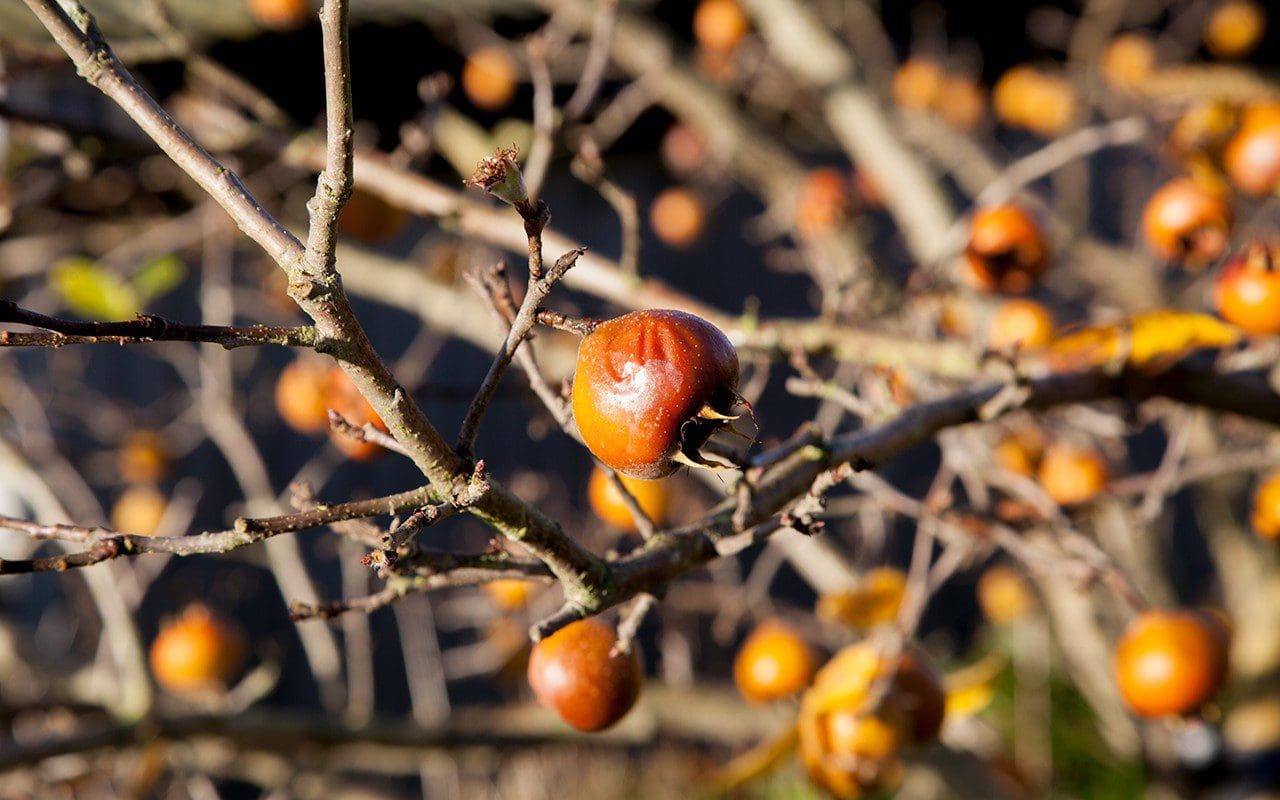 Medlar – Mespilus germanica
Medlar – Mespilus germanica
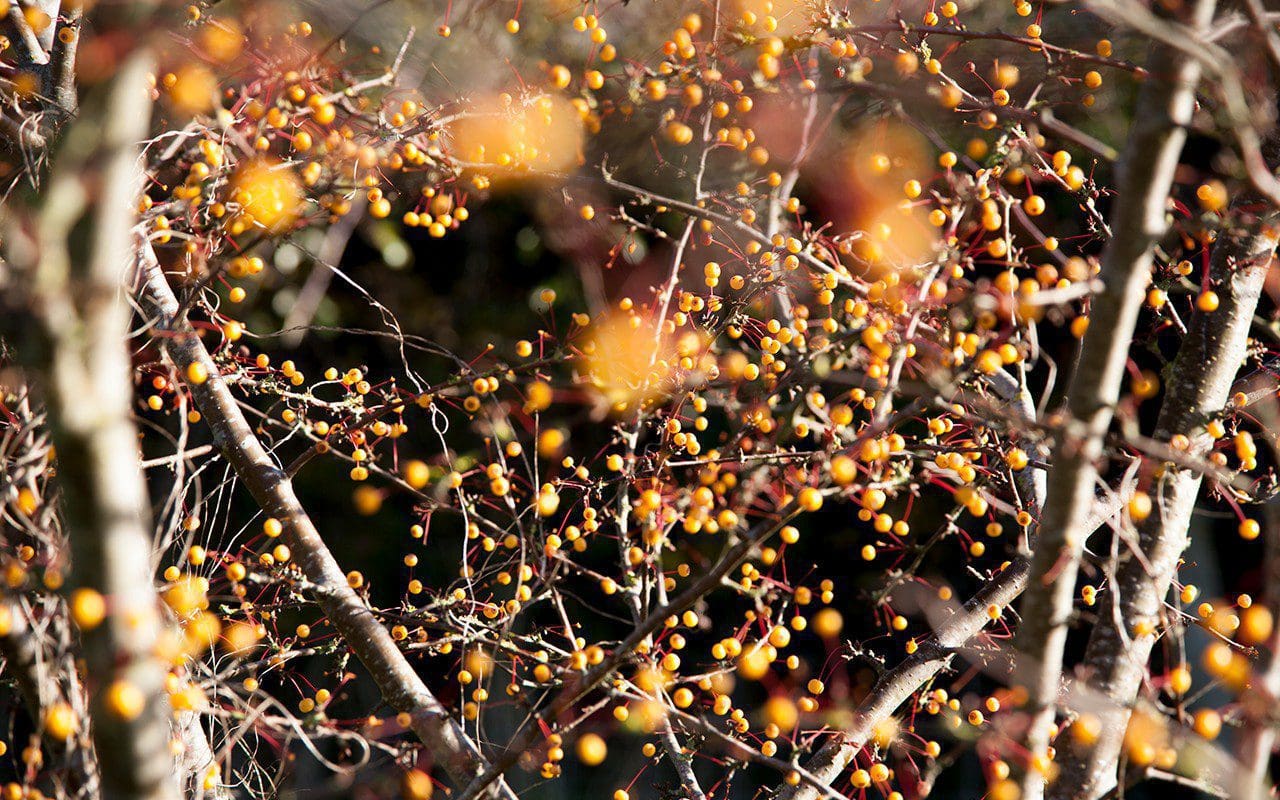 Malus transitoria
Malus transitoria
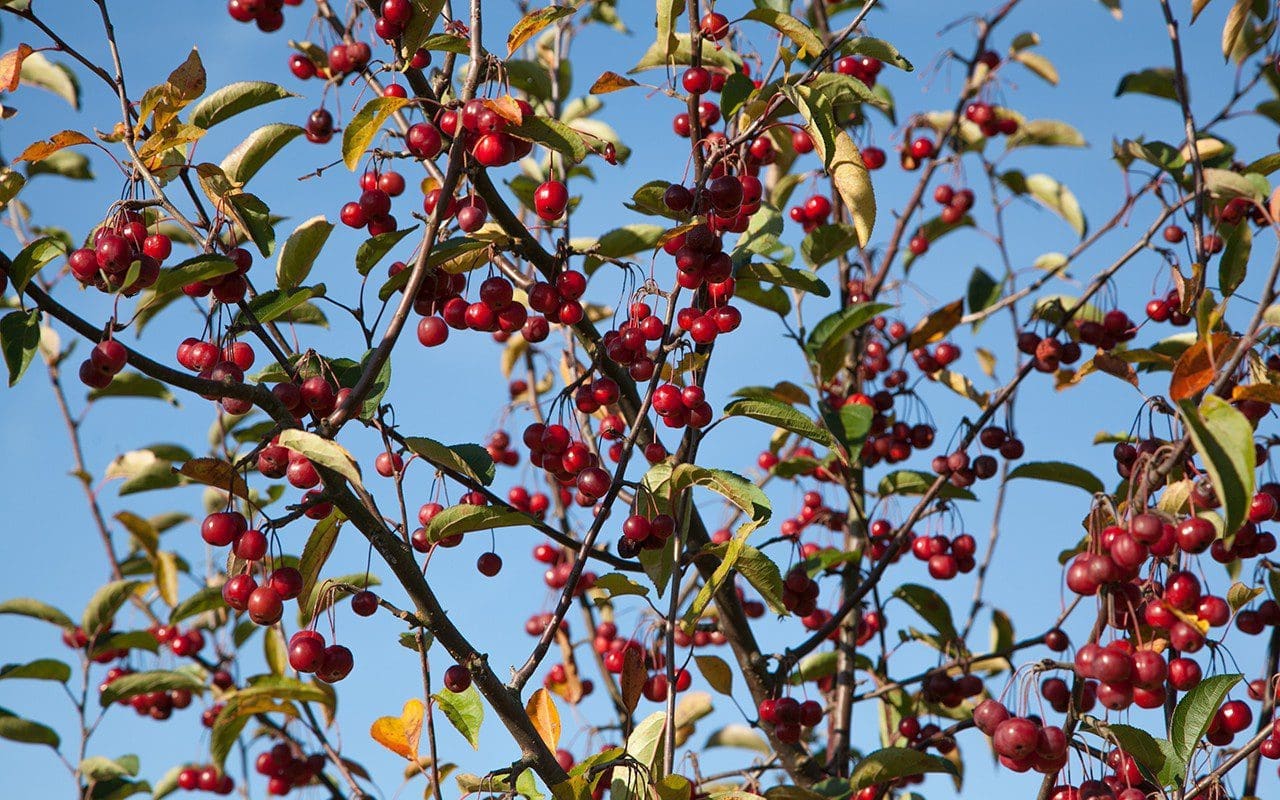 Malus hupehensis
Malus hupehensis
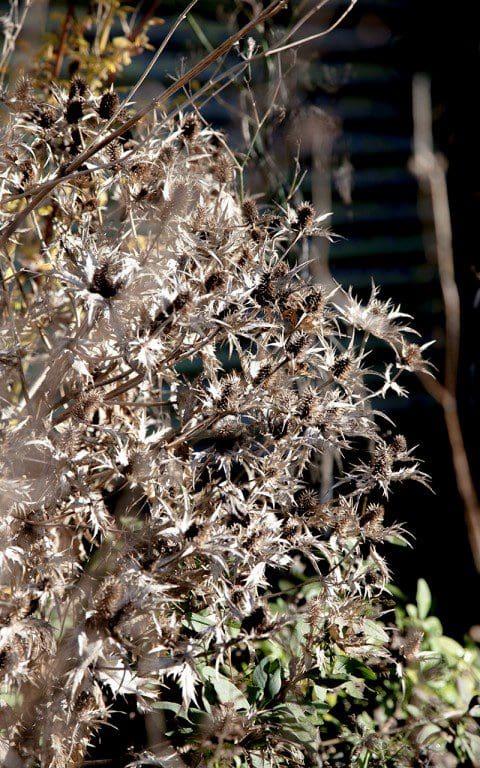 Eryngium giganteum
Eryngium giganteum
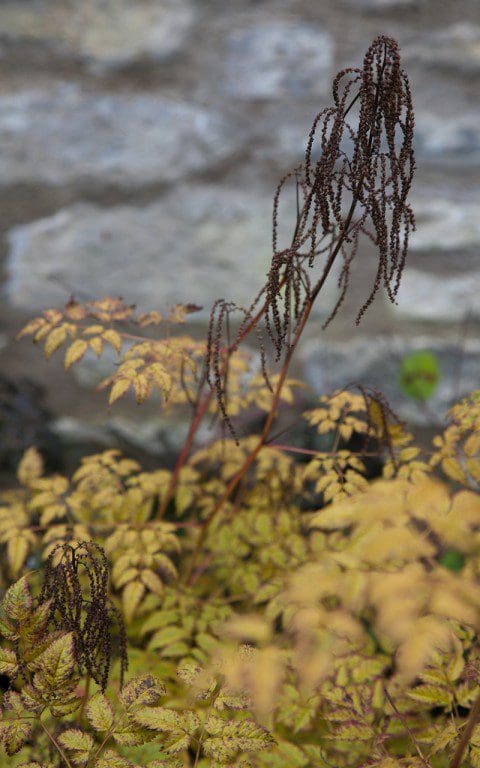 Aruncus dioicus ‘Horatio’
Aruncus dioicus ‘Horatio’
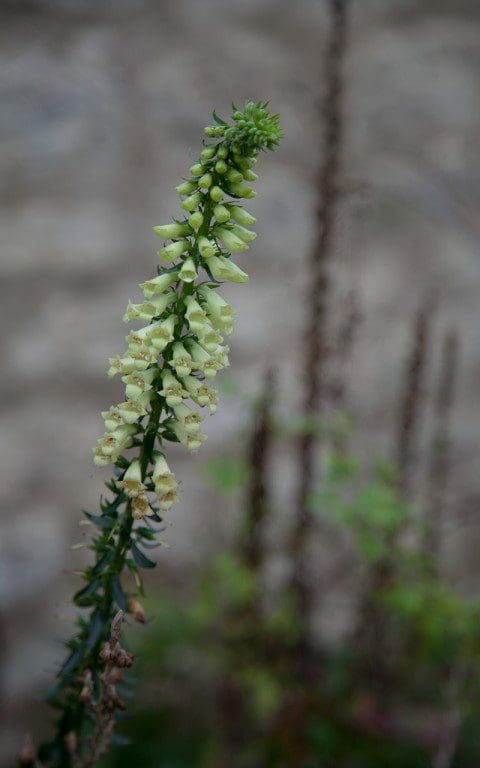 Digitalis lutea
Digitalis lutea
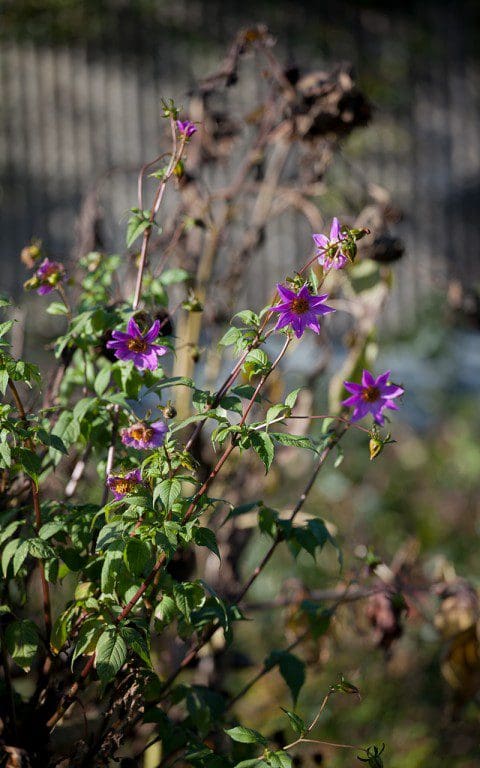 Dahlia australis
Dahlia australis
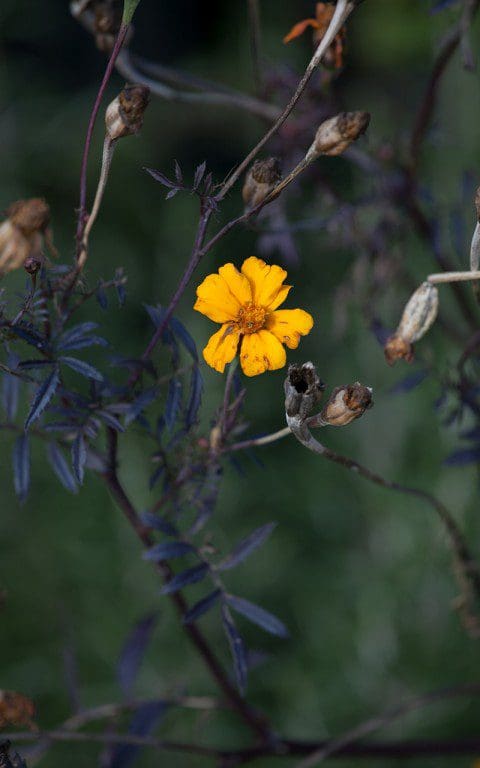 Tagetes patula
Tagetes patula
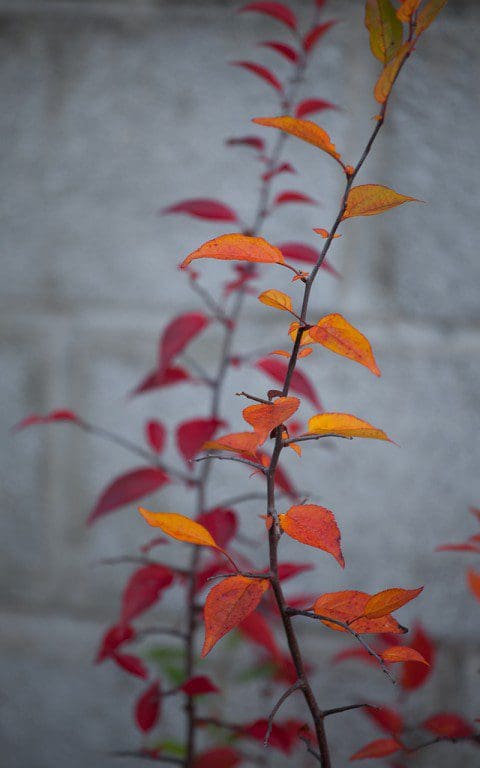 Malus hupehensis seedlings
Malus hupehensis seedlings
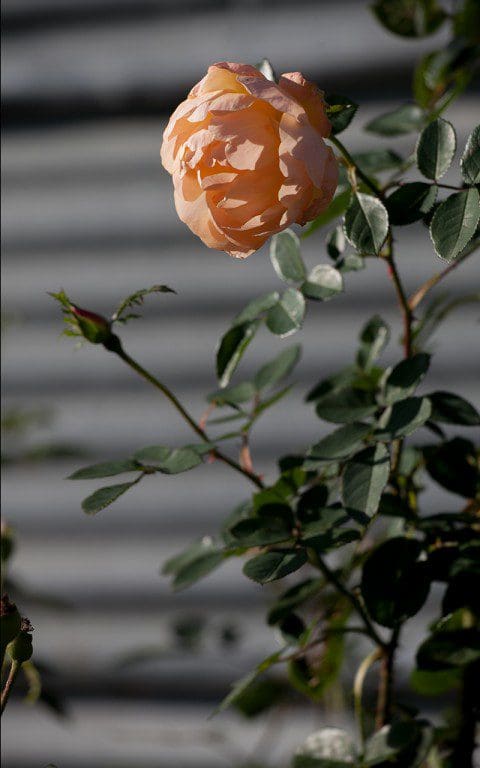 Rosa ‘The Lark Ascending’
Rosa ‘The Lark Ascending’
Words: Dan Pearson / Photos: Huw Morgan
Published 18 November 2017
 Previous
Previous
 Next
Next
